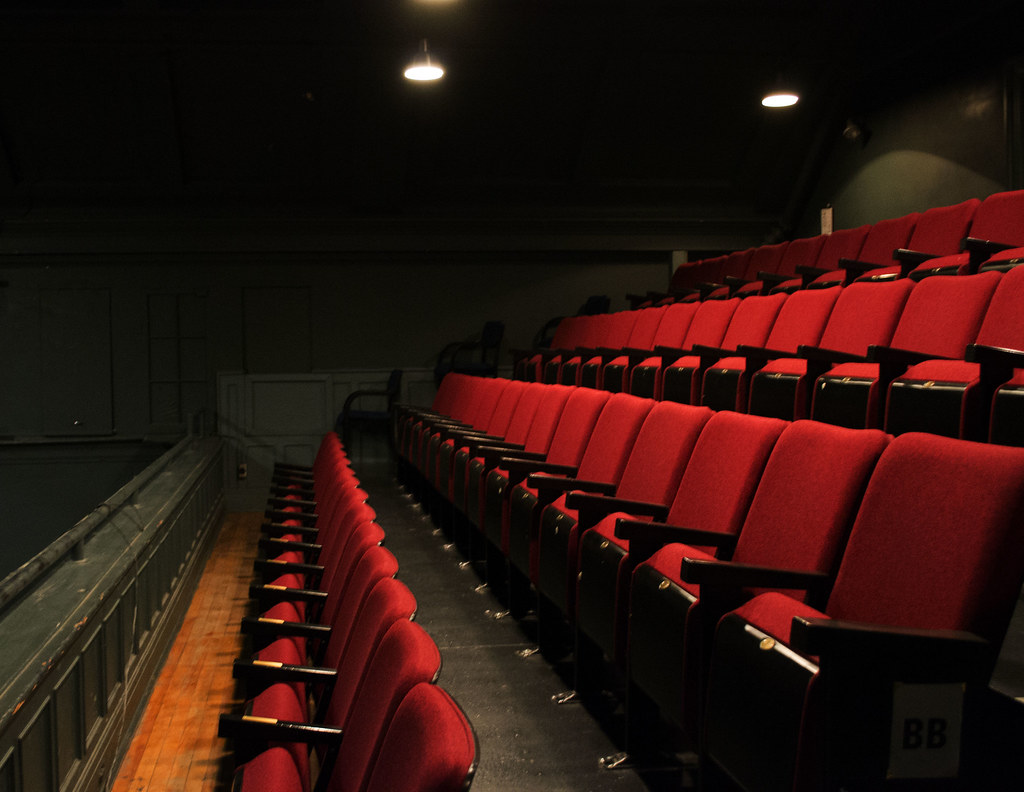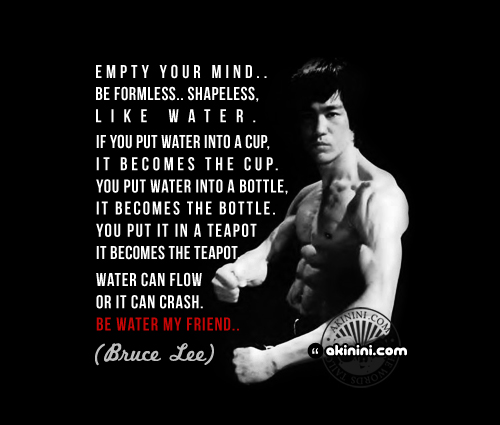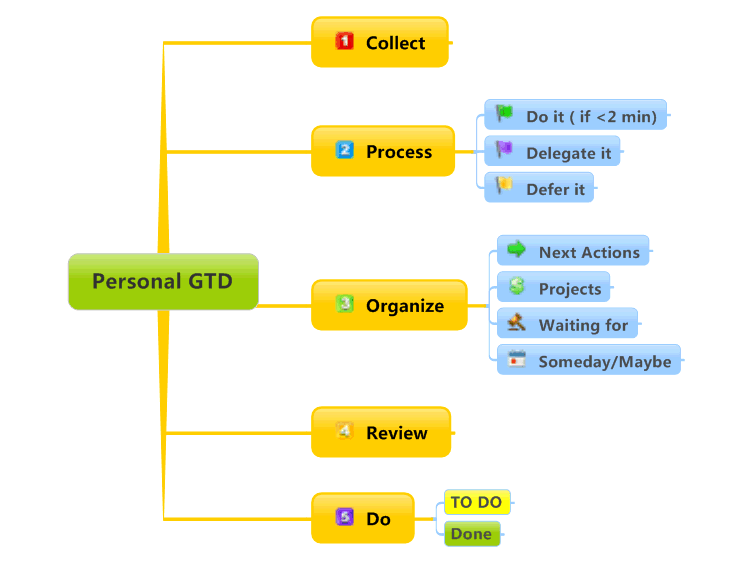| TOPIC | YOUR NOTES |
| 1. Who is the protagonist? | Remy |
| 2. Who is the antagonist? | Skinner |
| 3. What is the conflict? | Trying to not fit into the social norm/ learning to deal with new responsibilities |
| 4. What is the theme or central, unifying concept? (summarize in one or two words) | Don’t be too quick to judge. |
| 5. How is the story told (linear, non-linear, with flashbacks, flash-forwards, at regular intervals) | Mostly linear |
| 6. What “happens” in the plot (Brief description)? | Remy’s family has to leave their home, Remy gets separated and meets the heir to Gusteau’s restaurant and becomes a chef through him. |
7. How does the film influence particular reactions on the part of viewers (sound, editing,
characterization, camera movement, etc.)? Why does the film encourage such
reactions? | The film encourages reactions through the animations, especially through how food is animated so the viewer can visualize the flavors or smell in the films. atmosphere |
| 8. Is the setting realistic or stylized? What atmosphere does the setting suggest? Do particular objects or settings serve symbolic functions? | The setting is realistic, the atmosphere of the setting suggests that the movie takes place in the especially glamouris areas of Paris, showing iconic locations such as: The Eiffel Tower |
| 9. How are the characters costumed and made-up? What does their clothing or makeup reveal about their social standing, ethnicity, nationality, gender, or age? How do costume and makeup convey character? | Characters, in the restaurant are made up to look high class because they are in an expansive establishment, but, even so you can see at the begging of the movie Linguini is broke and the way his character dressed out of uniform reflected that. |
| 10. How does the lighting design shape our perception of character, space, or mood? | The lighting portrays mood and feeling in each scene, for example when in the restaurant and with shots of the city, the lighting is very glamorous making Paris look very wealthy, and beautiful. The lighting gets a bit darker when showing the dining area of the restaurant to convey it is a serious location but still portrayed as very fancy. |
| 11. How do camera angles and camera movements shape our view of characters or spaces? What do you see cinematically? | The direction of the camera on each characters face can helps cast shadows as well as movement sometimes eluding to how characters feel, the camera might move fast while people are arguing or stressing abut getting orders in the kitchen, but move slow while Remy is tasting food and deep in thought about his flavor experiments. |
| 12. What is the music’s purpose in the film? How does it direct our attention within the image? How does it shape our interpretation of the image? What stands out about the music? | The music’s purpose helps show what kind of environment the movie is in, the music is slow and sounds elegant, helping depict the wealthy areas the movie takes place in. |
| 13. How might industrial, social, and economic factors have influenced the film? Describe how this film influences or connects to a culture? | Social factors could have influenced this film by how Paris is portrayed, Paris is usually seen as a wealthy, tourist hotspot and the movie depicts that idea very well. |
| 14. Give an example of what a film critic had to say about this film. Use credible sources and cite sources.Example: “The Shawshank Redemption Movie Review (1994) | Roger Ebert.” All Content. N.p., n.d. Web. 24 June 2015. | “Quite so. Written and directed by Brad Bird and displaying the usual meticulousness associated with the Pixar brand, “Ratatouille” is a nearly flawless piece of popular art, as well as one of the most persuasive portraits of an artist ever committed to film. It provides the kind of deep, transporting pleasure, at once simple and sophisticated, that movies at their best have always promised.” A.O. Scott, The New York Times, June 29, 2007. |
| 15. Select one scene no longer than 5 minutes that represents well the whole film and shows relevant cinematic elements. Write a one-sentence description of the scene and record the time of the scene.Example: from 1:05:00 to 1:10:00.Explain why you chose this scene. | 54:43-55:57, I believe this is the best scene to represent the whole film because it involves the core elements of it, such as: visual and audible representation of flavors, music that immerses you into Emile’s and Remy’s thoughts and lighting that somehow still represents France even in an alleyway in the middle of the night |
| 16. In the selected scene: write a sentence for each of the elements below to justify why this scene best represents the film: | |
| a. Screenwriting: | Sets up the characters in a way the helps convey the difference between them. |
| b. Sound Design: | Immerses you through the sound of Emile trying the food that Remy gave him |
| c. Camera Movements/Angles: | Slow movement that fluidly progresses the scene and contributes to the feel of it. |
| d. Light Setup: | Immerses you into the description of flavor by blacking out the rest of scene so the viewer focuses more on the description as well as representing the flavors through swirling movements and colors. |
| e. Soundtrack/Score: | adds to the feeling of the scene, making it feel glamorous while Emile tries new flavors while listening to Remy’s description |
| 18. What’s the socio-cultural context of this film? | Conveys a message about people being quick to judge others for being different. |




